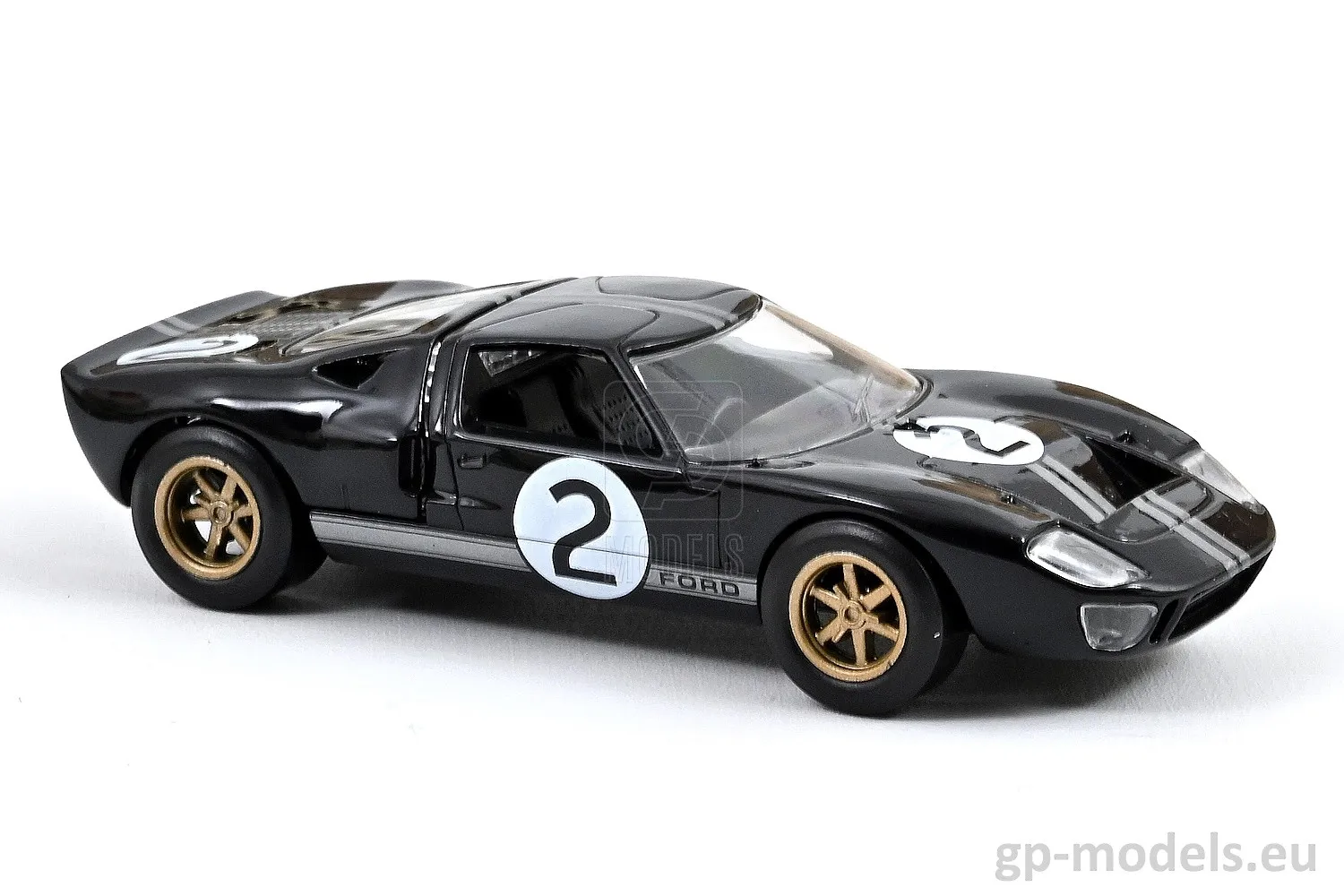The Allure of Ford GT40 Diecast Cars
Ford GT40 diecast cars represent more than just miniature replicas; they are tangible links to a golden era of motorsport and automotive engineering. These meticulously crafted models capture the essence of a legendary race car, allowing enthusiasts and collectors to own a piece of history. The GT40’s iconic design, its remarkable racing achievements, and its enduring appeal have solidified its place in automotive lore. For many, these diecast cars offer a nostalgic connection to a time when speed, innovation, and competition ruled the track. Collecting these models is not just a hobby, but a passionate pursuit of preserving and celebrating an automotive icon.
The History of the Ford GT40
The Ford GT40 emerged in the early 1960s as a direct response to Ferrari’s dominance in endurance racing, particularly at the 24 Hours of Le Mans. Ford’s ambitious goal was to dethrone Ferrari and assert its presence on the global racing stage. The project, born from a rivalry and a desire for victory, involved collaboration with British and American engineers and designers. The GT40’s name itself, referencing its 40-inch height, became synonymous with speed and innovation. From its inception, the GT40 was engineered for performance, featuring a powerful V8 engine and a low-slung aerodynamic design that optimized handling and speed. This history is crucial for diecast car collectors to understand the context of the vehicle.
The GT40’s Racing Legacy
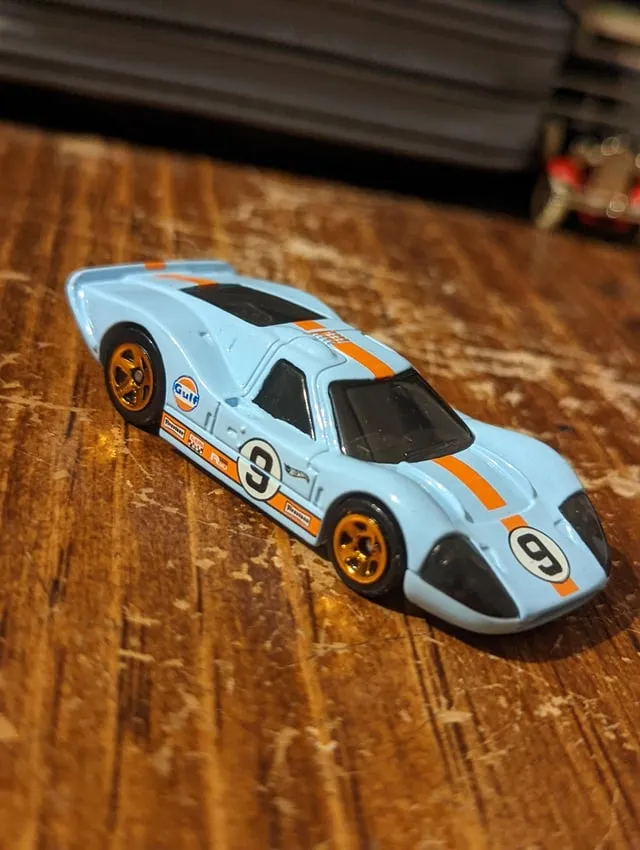
The Ford GT40’s racing achievements are nothing short of legendary. The car’s pinnacle came at the 24 Hours of Le Mans, where it secured a historic victory in 1966, ending Ferrari’s winning streak. The GT40 went on to dominate the race, winning again in 1967, 1968, and 1969. These victories solidified the GT40’s place in racing history and demonstrated Ford’s engineering prowess and determination. These wins showcased the car’s reliability, speed, and the skilled teams behind it. This racing heritage is a key aspect of why these diecast cars are so desirable, as they represent those victorious moments in miniature form.
Top 5 Facts about GT40 Diecast Cars
Fact 1 Precise Detailing
Diecast models of the Ford GT40 are renowned for their remarkable attention to detail. From the accurate replication of the car’s exterior lines to the intricate interiors, these models strive for authenticity. Features such as opening doors, detailed engine compartments, and realistic paint finishes contribute to their appeal. High-quality diecast models often incorporate individual components and hand-painted elements to match original specifications. This level of detail ensures that the diecast cars closely resemble the real GT40, making them prized possessions for collectors who value accuracy and craftsmanship.
Fact 2 Iconic Design
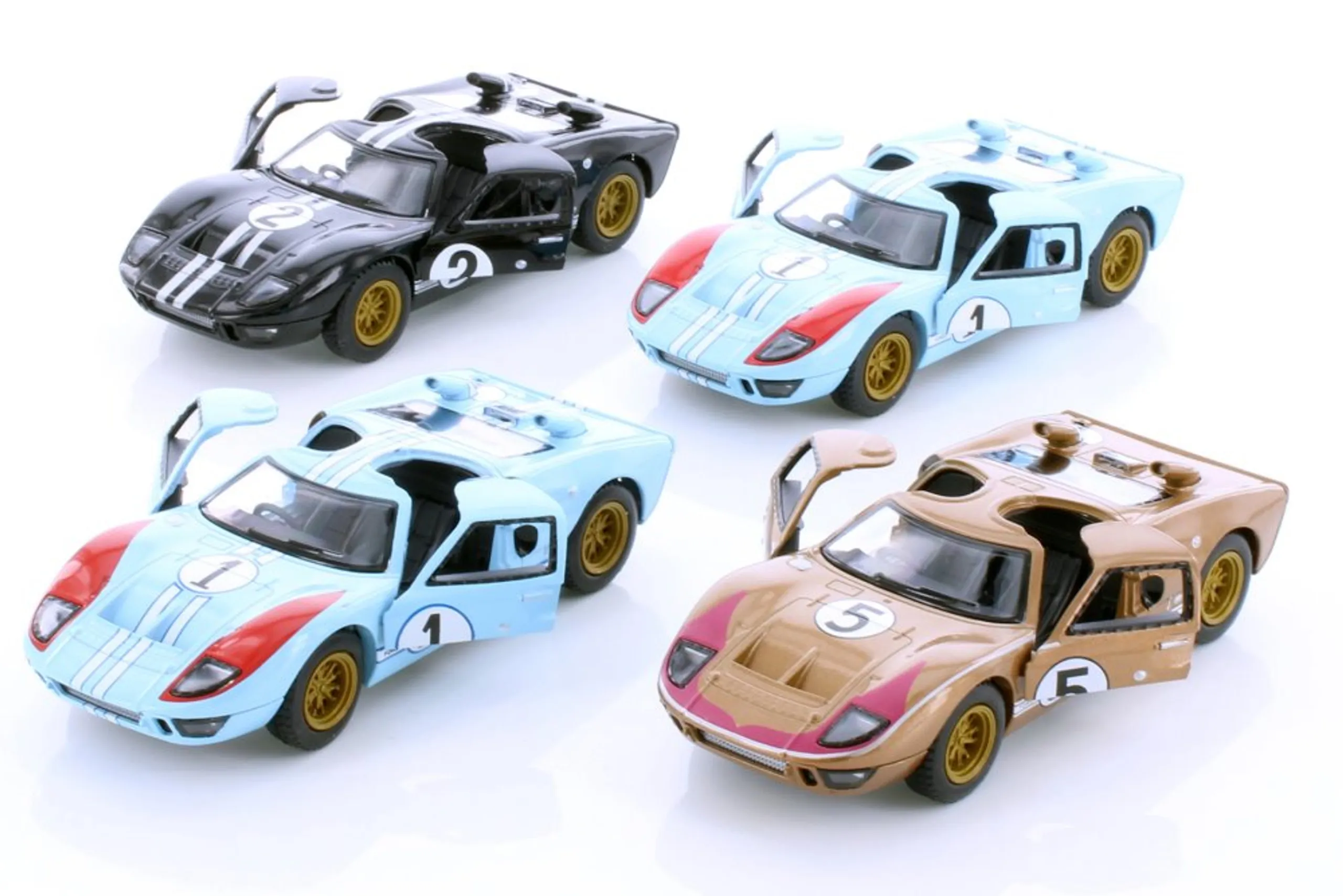
The Ford GT40’s design is undeniably iconic, with its low profile, sweeping curves, and distinctive racing livery. Diecast car manufacturers capture this essence faithfully. These models encapsulate the GT40’s aggressive stance and aerodynamic profile, which were essential to its racing success. The design of the diecast cars mirrors the car’s historical significance and visual appeal. The iconic design is one of the most significant factors for collectors.
Fact 3 Collectibility and Value
Ford GT40 diecast cars are highly collectible and can appreciate in value over time. Limited edition models, those produced in small quantities, and models associated with specific racing victories or drivers often command higher prices. The collectibility of these cars is driven by the GT40’s historical significance, the craftsmanship of the models, and the passion of collectors. The value of a diecast car is influenced by factors such as rarity, condition, and brand recognition. Collecting these diecast models can be a rewarding hobby and potentially a sound investment for enthusiasts.
Fact 4 Various Scales and Materials
Diecast Ford GT40 models come in various scales, such as 1:18, 1:24, and 1:43. These scales determine the model’s size relative to the real car. The most popular scale is 1:18, as this size allows for detailed features. The models are typically made from diecast metal, which gives them a sturdy feel and allows for the replication of intricate details. The materials used in these models, like the rubber tires, add realism. The selection of different scales and materials provides collectors with options.
Fact 5 The Perfect Gift
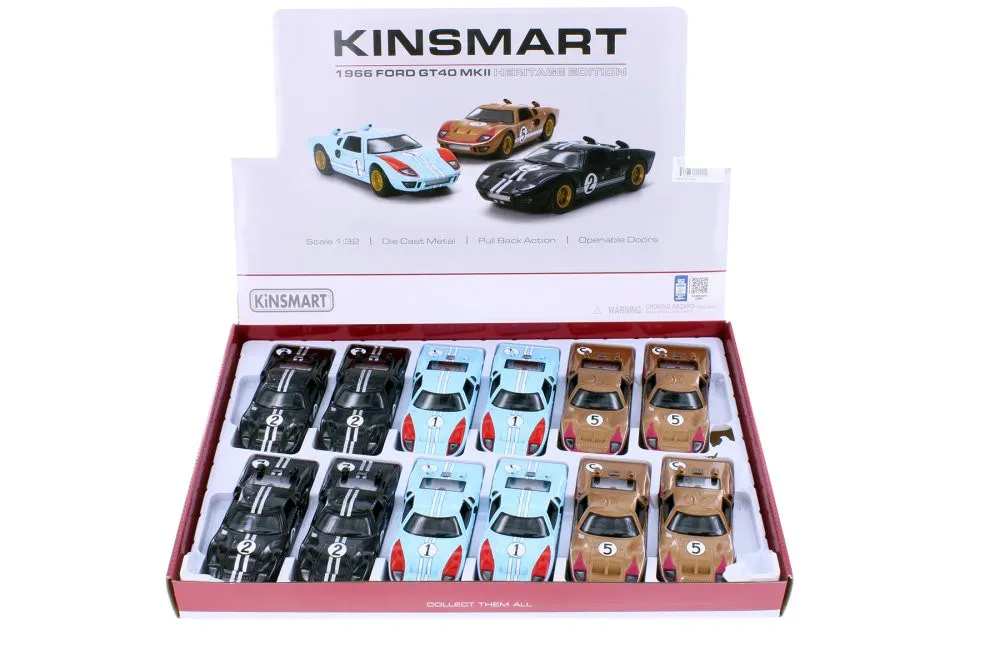
A Ford GT40 diecast car makes an excellent gift for car enthusiasts, racing fans, and collectors of all ages. These models are aesthetically pleasing and serve as conversation starters, evoking memories of legendary races and iconic vehicles. The cars also symbolize historical events, automotive innovation, and personal interest. The diverse range of Ford GT40 diecast cars provides opportunities for gifting, appealing to both seasoned collectors and those new to the hobby.
Types of Ford GT40 Diecast Cars
Scale Models
Scale models of the Ford GT40 are available in several different sizes, which include 1:18, 1:24, and 1:43 scales. Each size has unique characteristics. 1:18 models offer the greatest detail and are the most popular. 1:43 scale models are smaller and suitable for collectors with limited space. The scale of a model dictates its level of detail, the size of the model, and its price. Collectors often specialize in a specific scale or collect a variety for comparison and display purposes.
Different Manufacturers
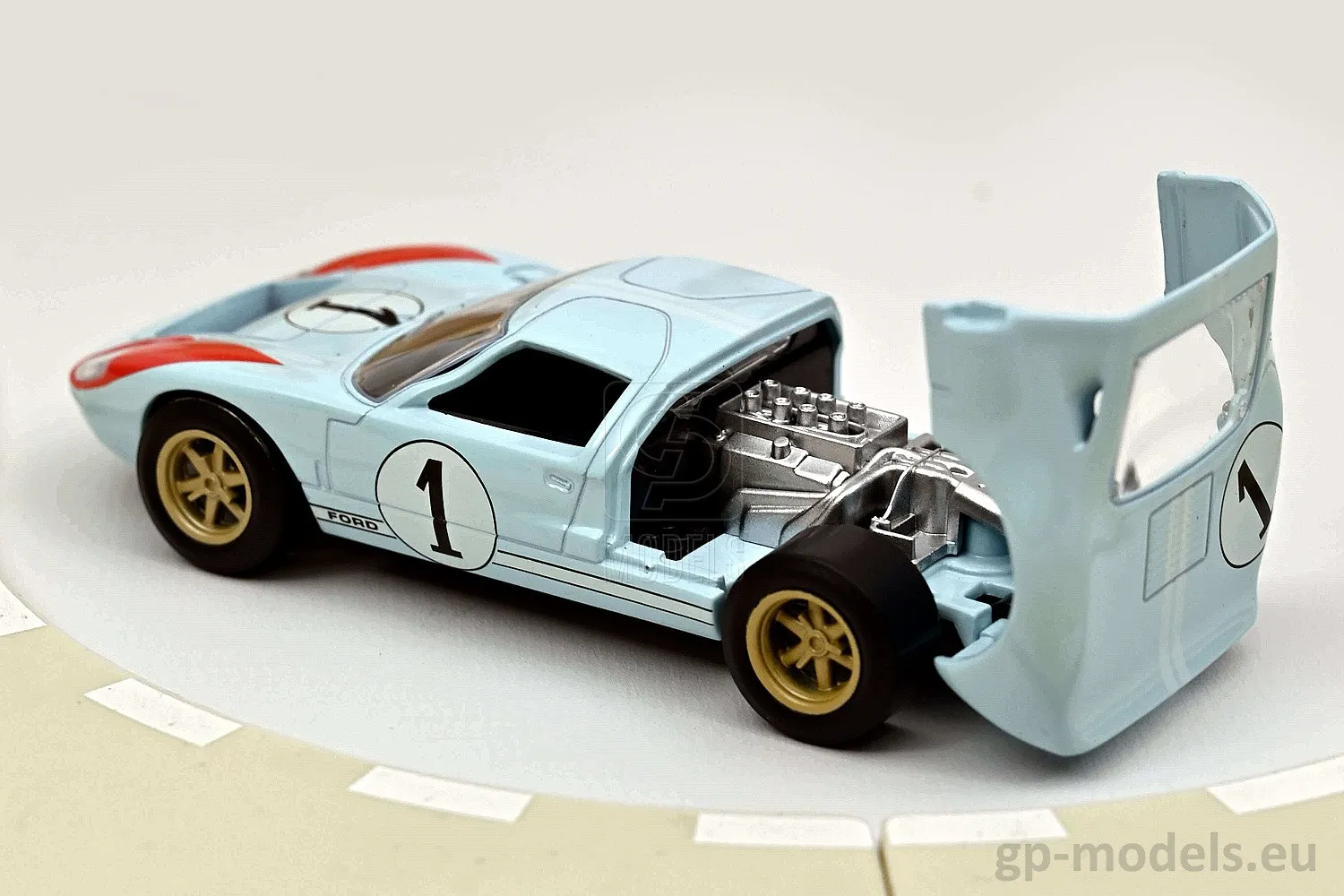
Various manufacturers produce diecast Ford GT40 models, including well-known brands such as Hot Wheels, Minichamps, and CMC. Each manufacturer has a specific style and approach to creating the models. Some companies focus on affordability, while others prioritize highly detailed, premium offerings. Researching different manufacturers can assist collectors in selecting models that fit their preferences and budget. Collectors often seek out models from a specific manufacturer to expand their collections and enjoy brand loyalty.
Limited Editions
Limited edition diecast Ford GT40 cars, often produced in restricted quantities, are highly sought after by collectors. These models often commemorate specific racing events, feature unique paint schemes, or are created to honor a particular driver. The limited availability of these models increases their value and appeal. Collectors often prioritize limited edition models as investments, and they can be difficult to find. Checking for limited editions is a valuable aspect of collecting these cars.
Factors to Consider When Buying GT40 Diecast Cars
Authenticity
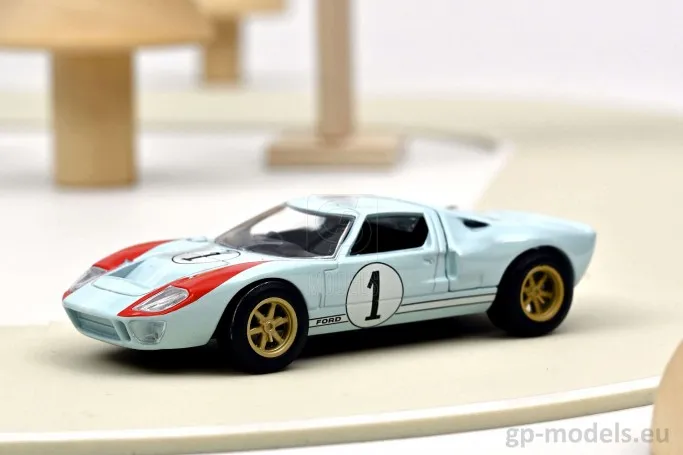
When purchasing a Ford GT40 diecast car, assessing its authenticity is essential. Collectors should carefully examine the model for accurate details, such as correct logos, paint schemes, and markings. Reputable manufacturers often provide certificates of authenticity. Verifying the model’s background, including any known racing history or special editions, is also advised. Checking the level of detail and comparing the model to original photographs can help determine its authenticity.
Condition
The condition of a diecast Ford GT40 is a major factor determining its value. Collectors seek models in pristine condition, with no scratches, dents, or missing parts. Examining the paint finish, the functionality of any moving parts, and the overall presentation are important. The original packaging, if available, enhances the value of the model. The model’s condition directly influences its aesthetic appeal and market worth.
Price
The price of a Ford GT40 diecast car varies depending on factors such as the manufacturer, scale, condition, and rarity. Researching market prices from online marketplaces and auction sites can help collectors evaluate potential purchases. Comparing prices from multiple sources is advisable to make an informed decision. Collectors should consider their budget and assess the value of a model based on its characteristics and overall desirability.
Where to Buy Ford GT40 Diecast Cars
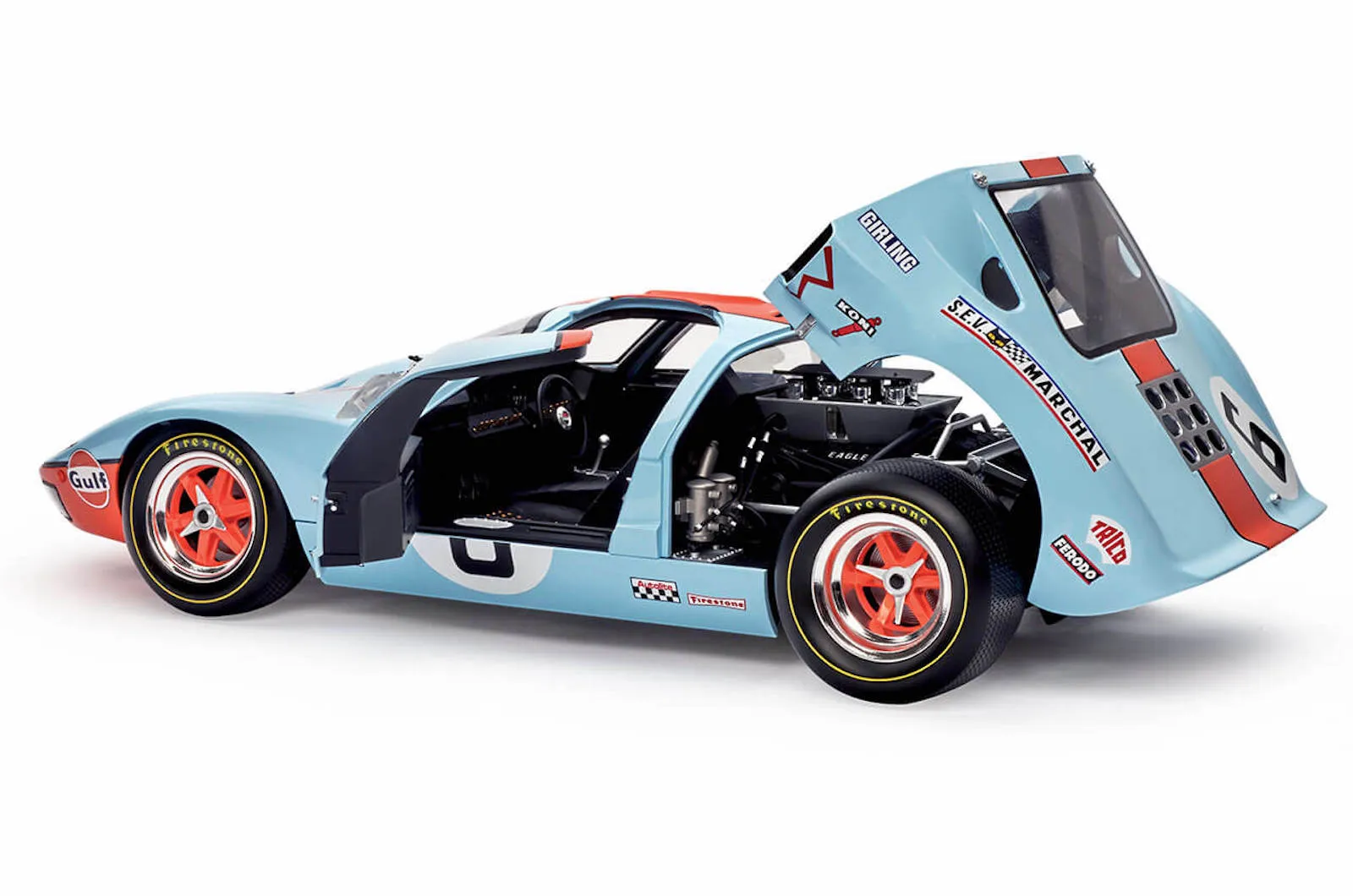
Online Marketplaces
Online marketplaces, such as eBay, offer a vast selection of Ford GT40 diecast cars. These platforms facilitate purchasing from various sellers, providing a wide range of models and prices. Checking sellers’ ratings and reviews is crucial for a safe transaction. When buying online, carefully review the product description, examine photos, and ask the seller any questions before making a purchase. Consider the shipping costs and the seller’s return policies.
Specialty Shops
Specialty shops that focus on model cars and collectibles are great sources for finding Ford GT40 diecast cars. These shops often have a curated selection and offer expert advice. Visiting brick-and-mortar stores provides a chance to inspect models in person and evaluate their condition. Specialty shops may also offer unique models, limited editions, or models from specific manufacturers. Engaging with the shop owners and other collectors can improve your knowledge.
Auctions
Auctions, both online and in person, are excellent places to find rare or valuable Ford GT40 diecast cars. Auction platforms offer opportunities to bid on models and potentially acquire them at competitive prices. Checking the auction house’s reputation and the details of the model is advised. Be aware of auction fees and bidding increments. Auctions can offer a thrilling experience for collectors looking to expand their collections.
Maintaining and Displaying Your Collection
Cleaning and Preservation
Proper care and preservation can keep your Ford GT40 diecast cars in excellent condition. Regularly cleaning the models, using a soft cloth and mild soap, is essential to remove dust and dirt. Storing the models away from direct sunlight and extreme temperatures is also advised to prevent fading or damage. Consider using display cases to protect the models from dust, scratches, and accidental damage. Handling the models with care and avoiding touching them with bare hands is beneficial.
Display Options
Displaying your Ford GT40 diecast cars allows you to showcase your collection and enhance your appreciation of the models. Display cases, shelves, and display tables can be used to arrange and present the models. Grouping models by scale, manufacturer, or racing history can create an organized display. Consider incorporating thematic elements, such as model racing tracks or historical photos, to enhance the presentation. Lighting is a crucial aspect of displays, as it highlights the features of the models.
